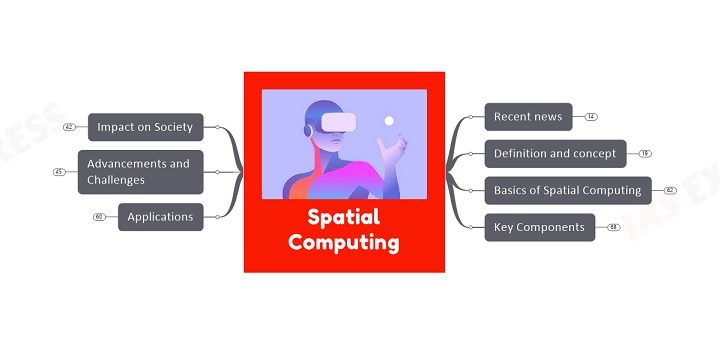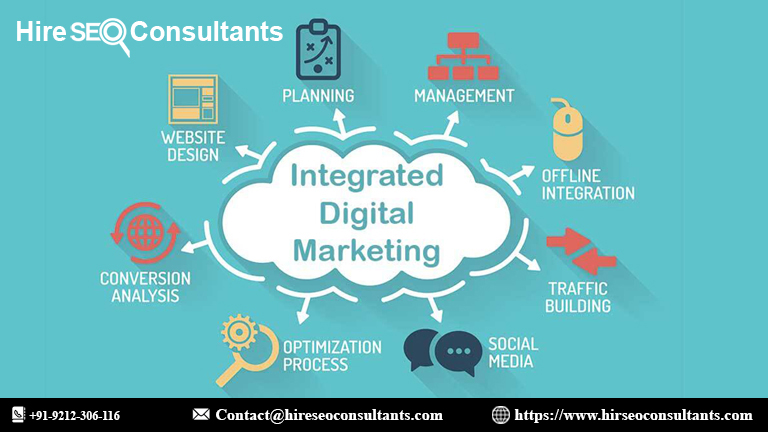What Is Spatial Computing? A Basic Explainer
Explore the fascinating world of spatial computing with our comprehensive guide. Learn what spatial computing is, its key concepts, and how it’s shaping the future of technology. Perfect for beginners looking to understand this innovative field.

In the rapidly evolving landscape of technology, spatial computing is emerging as a transformative force. From virtual reality (VR) to augmented reality (AR) and beyond, spatial computing is reshaping how we interact with digital and physical worlds. This comprehensive guide will delve into what spatial computing is, how it works, and its potential implications for various industries.
Spatial computing refers to the use of technology to manage and interact with spatial information. Unlike traditional computing, which primarily deals with data on screens, spatial computing integrates digital elements into our physical environment. This involves creating, analyzing, and interacting with digital content in three-dimensional space.
Key Components of Spatial Computing
Augmented Reality (AR)
Augmented reality overlays digital information onto the real world. By using devices like smartphones, tablets, or AR glasses, users can see virtual objects superimposed on their physical surroundings. This technology is increasingly used in various fields, from gaming and entertainment to retail and education.
Virtual Reality (VR)
Virtual reality immerses users in a completely virtual environment. By wearing VR headsets, users can experience and interact with a computer-generated world as if they were physically present in it. VR is commonly used in gaming, training simulations, and virtual tours.
Mixed Reality (MR)
Mixed reality combines elements of both AR and VR to create environments where digital and physical objects can interact in real-time. MR enables users to interact with both real and virtual objects simultaneously, providing a more immersive and interactive experience.
How Spatial Computing Works
Spatial computing relies on several core technologies to function effectively:
Sensors and Cameras
To understand and interpret the physical environment, spatial computing systems use various sensors and cameras. These devices capture data about the user's surroundings, such as depth, motion, and spatial relationships.
Computer Vision
Computer vision technology processes the visual data captured by sensors and cameras. It enables systems to recognize objects, track movements, and understand spatial relationships within the environment.
3D Mapping and Modeling
3D mapping involves creating detailed digital representations of physical spaces. By generating 3D models of environments, spatial computing systems can accurately overlay digital information and interact with physical objects.
Spatial Interaction
Spatial interaction allows users to engage with digital content in a natural and intuitive manner. This includes gestures, voice commands, and other forms of input that enable users to control and manipulate virtual elements.
Applications of Spatial Computing
Gaming and Entertainment
Spatial computing has revolutionized the gaming industry by providing immersive experiences that blur the lines between the virtual and physical worlds. Games that utilize AR and VR technologies offer players a new level of engagement and interactivity.
Education and Training
In education and training, spatial computing enhances learning by providing interactive and immersive experiences. Virtual simulations and AR applications can help students understand complex concepts and practice skills in a realistic environment.
Healthcare
Spatial computing is making strides in healthcare through applications such as surgical planning and rehabilitation. AR and VR technologies are used for training medical professionals, visualizing complex procedures, and supporting patient recovery.
Retail and E-Commerce
Retailers are using spatial computing to enhance the shopping experience. AR applications allow customers to visualize products in their own space before making a purchase, while VR enables virtual store tours and product demonstrations.
Architecture and Design
In architecture and design, spatial computing provides tools for visualizing and modifying 3D models of buildings and spaces. This technology allows architects and designers to explore design options and make real-time adjustments.
Challenges and Considerations
Privacy and Security
As spatial computing technologies collect and process data about users' physical environments, privacy and security concerns arise. Ensuring that user data is protected and used responsibly is a critical consideration for developers and users alike.
Technical Limitations
Despite significant advancements, spatial computing technologies still face technical limitations. Challenges such as limited field of view, latency, and hardware constraints can impact the effectiveness and user experience of spatial computing applications.
Accessibility
Ensuring that spatial computing technologies are accessible to all users is essential. This includes addressing issues related to affordability, usability, and inclusivity to ensure that the benefits of spatial computing are available to a broad audience.
The Future of Spatial Computing
As technology continues to advance, the potential of spatial computing is vast. Future developments may include more sophisticated AR and VR experiences, improved spatial interaction techniques, and broader integration across various industries. Innovations in spatial computing could lead to new applications and use cases that we have yet to imagine.
Spatial computing represents a significant leap forward in how we interact with technology and our environment. By seamlessly integrating digital and physical elements, spatial computing offers new possibilities for entertainment, education, healthcare, and more. As the technology continues to evolve, its impact on our daily lives and various industries will likely grow, paving the way for a more connected and immersive future.
What's Your Reaction?
















